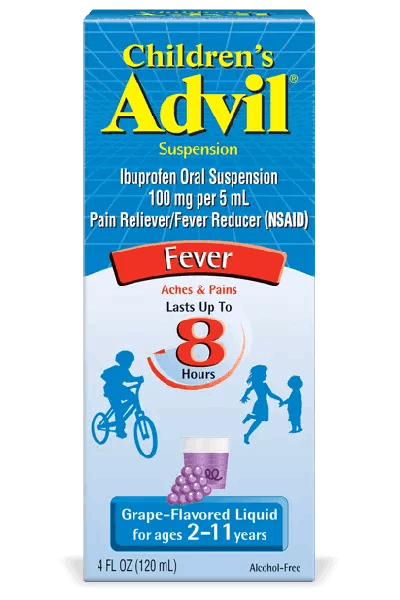Reaching for Flexibility
Muscle Aches & Pains

Stretching, though often overlooked, plays a vital role in keeping muscles and joints strong and pliable so they are less susceptible to injury. That's why it's such an important part of warming up before—and cooling down after—physical activity.
Spending a few minutes a day doing slow, deliberate stretches can also help you manage stress more effectively, giving you a chance to momentarily shut off outside stressors and focus, both physically and mentally, on your activity.
A good routine should work each of the major muscle groups and doesn’t need to take long. All you need is five to 10 minutes. Be sure to scan the "Rules to stretch by" listed below before you begin.
Be sure to consult a healthcare professional before you begin an exercise regimen.
Rules to stretch by:
- Warm up first: warm muscles, tendons and ligaments are more flexible and stretch more easily; stretching “cold” muscles can cause tears.
- Stretches should always be gradual and gentle.
- Hold each stretch in a static position for 10 to 20 seconds, allowing the muscle to lengthen slowly.
- Don't bounce; bouncing actually causes muscle fibers to shorten, not lengthen.
- Stretch only to the point of resistance; if the stretch hurts, you're pushing too hard.
- Don't rush through the stretching routine; use it to prepare yourself mentally and physically for activity.
Sports injuries: Staying in the game
Nothing is more frustrating than finally getting involved in an activity you enjoy, only to hurt yourself and be forced into a prolonged rehabilitation period. Although some injuries may be unavoidable, proper conditioning and attention to the details of warm-ups, cool-downs and stretching will help keep you off the disabled list.
An ounce of prevention
Preventing injuries requires both common sense and careful preparation. By following a few basic principles, you can help ensure that your activity won't put you out of commission:
- Warm up first: this is the number one tenet of injury prevention, consisting of three to five minutes of low-level activity, followed by a few minutes of stretching.
- Stay flexible: stretching during the warm-up and cool-down phases will help prevent muscle pulls and strains, as well as the general aches and pains that can occur after exercising.
- Build gradually: start out slowly and build up gradually in intensity and duration of activity. “Weekend athletes” are famous for trying to do too much too soon—don't fall into this trap!
- Be prepared: use the right equipment for each sport, whether it’s a good pair of running shoes or knee pads for rollerblading. Be sure that items are in good condition and are appropriate for your skill level (e.g., skis for beginners vs. experts).
- Rehydrate: water is the best sports drink, and you should drink plenty of it before, during and after exercise (especially in warm weather), and keep drinking it throughout the day.
- Avoid extremes: try not to exercise outdoors in extreme hot or cold weather. But if you do, be sure to dress properly and use caution against heat exhaustion or the other extreme, frostbite.
- Cool down last: post-exercise stretching should not be overlooked. Gradually decrease the intensity of your activity to restore a normal heart rate.







